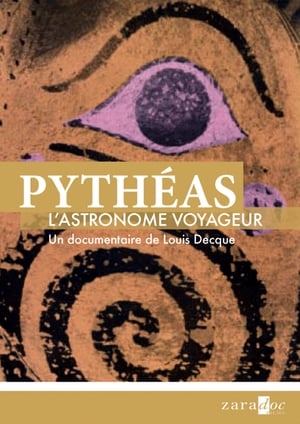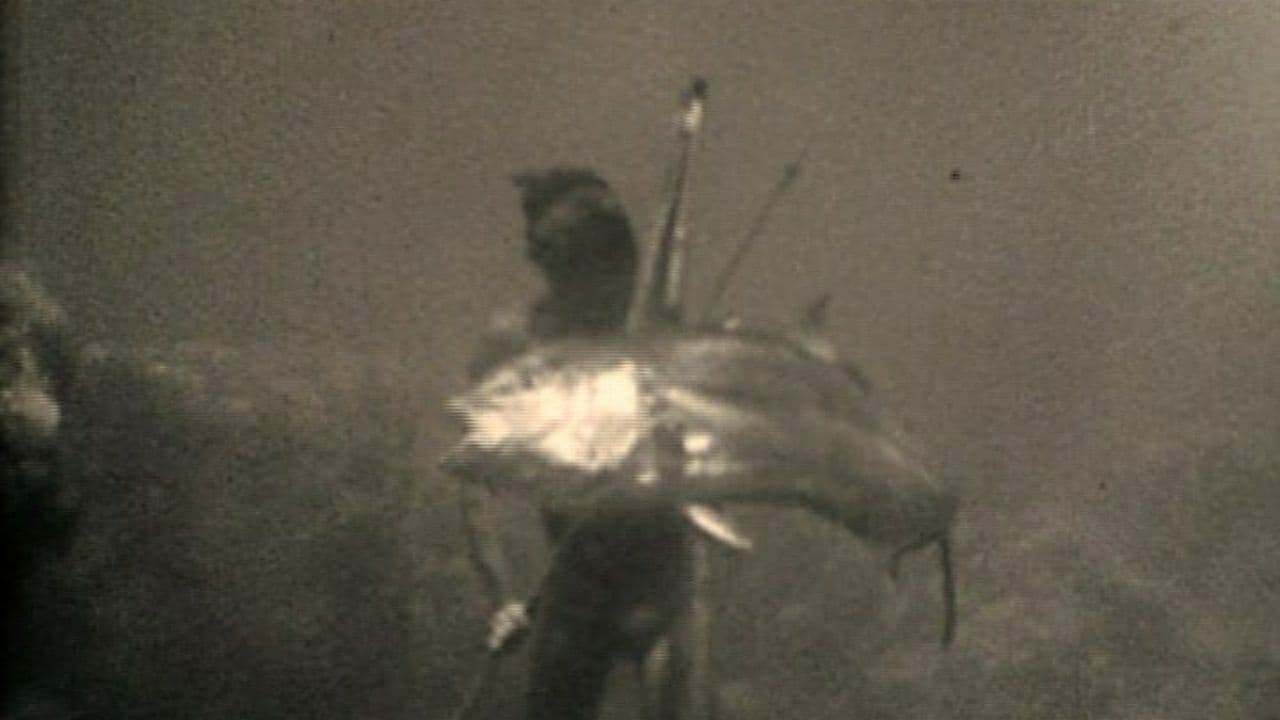

At a Depth of Eighteen Meters(1943)
Jacques Cousteau's 1942 plunge into the Mediterranean sea
Movie: At a Depth of Eighteen Meters
Top 3 Billed Cast
Video Trailer At a Depth of Eighteen Meters
Similar Movies
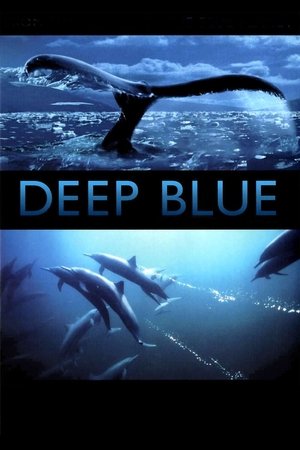 6.8
6.8Deep Blue(en)
Deep Blue is a major documentary feature film shot by the BBC Natural History Unit. An epic cinematic rollercoaster ride for all ages, Deep Blue uses amazing footage to tell us the story of our oceans and the life they support.
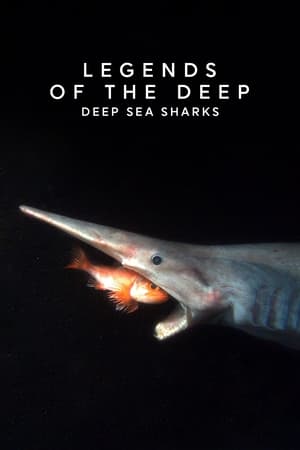 7.0
7.0Legends of the Deep: Deep Sea Sharks(en)
Groundbreaking documentary which follows a Japanese-led team of scientists as they attempt to shed light on the mysterious world of deep sea sharks. Only 50 specimens of the newly discovered 'megamouth' have ever been sighted. Over four years, scientists and film crews voyaged in midget submarines into the depths of Suruga Bay and Sagami Bay to film them. Prehistoric 'living fossil' sharks such as bluntnose sixgill sharks, goblin sharks and frilled sharks also lurk in the depths. As part of the investigation, a sperm whale carcass was placed at the bottom of the sea to attract these sharks, which were then studied and observed from the submersible vessels. Revealing in detail the previously unknown behaviour of deep sea sharks, the film unravels another of the intriguing mysteries of our planet's biodiversity.
 9.3
9.3The Rise and Fall of the Etruscans(fr)
For eight centuries, between the 9th and 1st century BC, the Etruscans, inhabitants of the Italian peninsula, were one of the most powerful peoples of the Mediterranean basin, and when they disappeared they left behind impressive necropolises, vestiges of sanctuaries and even entire cities. How did they attain such power? How far did they extend their dominion and influence? What were the causes of their decline?
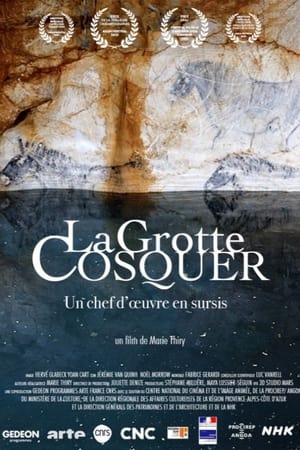 7.7
7.7La Grotte Cosquer, un chef-d'œuvre en sursis(fr)
A short distance from Marseille, at Cape Morgiou, in the depths of the Calanques massif, lies the Cosquer cave, discovered only about thirty years ago by a diver, Henri Cosquer. With its bestiary of hundreds of paintings and engravings - horses, bison, jellyfish, penguins - the only underwater decorated cave in the world allows us to learn a little more about Mediterranean societies 30,000 years ago. Today, threatened by rising water levels accelerated by global warming, this jewel of the Upper Paleolithic is in danger of being swallowed up. To save the cave from disappearing, the Ministry of Culture has chosen to digitize it. From this virtual duplicate, a replica has been made on the surface to offer the public a reconstruction that allows them to admire these masterpieces.
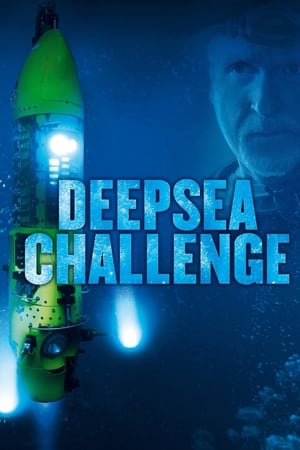 6.6
6.6Deepsea Challenge 3D(en)
Described as being a film about determination, danger and the ocean’s greatest depths, James Cameron's "Deepsea Challenge 3D" tells the story of Cameron’s journey to fulfill his boyhood dream of becoming an explorer. The movie offers a unique insight into Cameron's world as he makes that dream reality – and makes history – by becoming the first person to travel solo to the deepest point on the planet.
 0.0
0.0Porta d’Europa(en)
A migrant boat has been stranded in the Mediterranean Sea for 30 hours. As authorities ignore calls for help, the Sea-Watch Crew, an NGO, launches an urgent search.
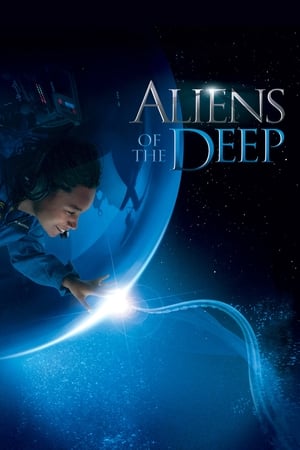 6.1
6.1Aliens of the Deep(en)
James Cameron teams up with NASA scientists to explore the Mid-Ocean Ridge, a submerged chain of mountains that band the Earth and are home to some of the planet's most unique life forms.
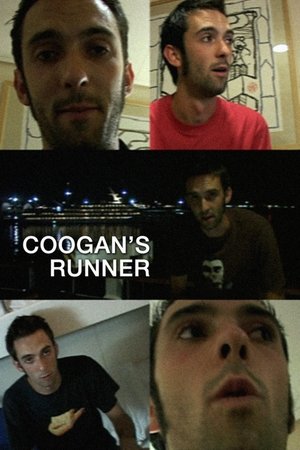 0.0
0.0Coogan's Runner(en)
Video diary from behind the scenes of 2002's "Cruise of the Gods."
 10.0
10.0Titanic's Achilles Heel(en)
An expedition looks into whether Titanic's hull had a construction design flaw that caused her to break apart. Featuring advanced CGI technology, archive documents and photographs, as well as footage from the modern-day History(R) expeditions, "Titanic's Achilles Heel" is a remarkable journey into the ongoing legacy of a ship that continues to capture the world's attention.
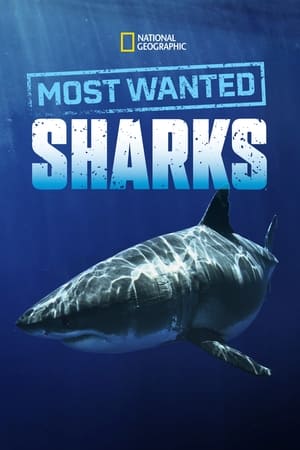 5.0
5.0Most Wanted Sharks(en)
Whether it's the biggest great white, the most photographed tiger shark, or the shark known for jumping 100 feet up out of the water, we're diving into the stories of the greatest shark stars of all time.
 6.4
6.4World Without Sun(fr)
Fascinating underwater documentary filmed with hand-held cameras by frogmen and mostly filmed in deep-water seas from within a special designed batiscaff, by the Cousteau family of sea explorers. Preserved by the Academy Film Archive in 2010.
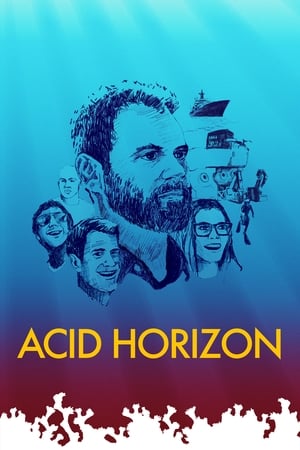 6.3
6.3Acid Horizon(en)
Acid Horizon follows marine ecologist Dr. Erik Cordes on a harrowing deep-sea expedition to track down the "supercoral", a strain of the deep-water coral Lophelia pertusa that seems to possess the unique genetic capability to thrive in a low-pH ocean.
 7.1
7.1Titan: The OceanGate Submersible Disaster(en)
OceanGate's Titan tourist submersible imploded in 2023 on a deep-sea dive to the Titanic. This documentary details how a bold vision ended in tragedy.
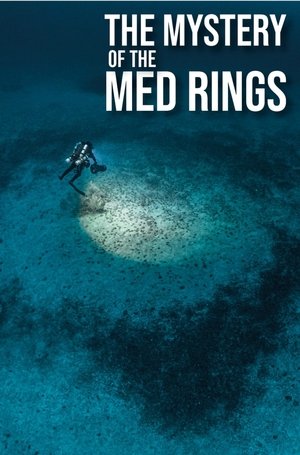 8.0
8.0The Mystery of the Med Rings(fr)
Explore the mysterious giant rings of the Mediterranean, buried at a depth of 120m, with the world-famous Laurent Ballesta, world-renowned diver and his team, to understand the origin of these unique and unknown formations.
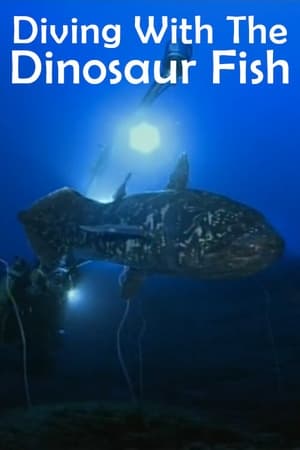 4.5
4.5Diving With The Dinosaur Fish(en)
The hunt for a mythic animal once thought to have been extinct for 65 million years: the coelacanth. It can be found 120 metres beneath the ocean off the wild coast of South Africa. French scientists and South African scientists teamed up with experienced Trimix divers, including Peter Timm, who discovered the coelacanths in Sodwana Bay in 2000 and award-winning underwater photographer Mr Laurent Ballesta and his advanced technical dive team to bring you this eye-opening documentary. Click on the play button above to watch a preview.
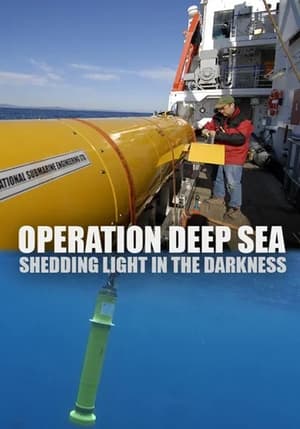 0.0
0.0Operation Deep Sea: Shedding Light in the Darkness(en)
Deep sea: 1000m below the surface no light, immense pressure and icy temperatures. The deep sea encompasses more than 90% of the planets habitat. Yet we know less about these depths than about the moon. This film documents the technical, scientific, and ecological challenges of deep sea researchers. Scientists work worldwide together to collect data on the physical state of the upper ocean. With more than 3000 autonomous floats they monitor the oceans for influences on weather systems like El Nino or the monsoon. Does it affect global climate change? Does the deep sea offer solutions for the CO2 issue? Researchers in the Okinawa Trough are trying to find out. The sea floor harbors enormous amounts of resources: oil, natural gas, methane. Scientists work hard to try and locate these materials. Millions of deep sea dwellers are waiting for their discovery. The Census of Marine Life is trying to catalogue these bizarre ocean creatures before they disappear.
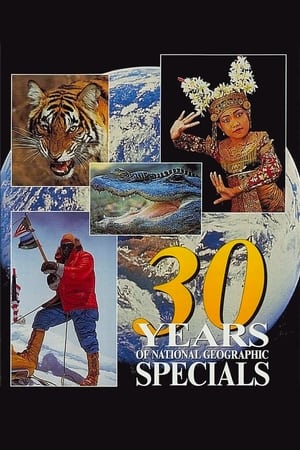 7.0
7.030 Years of National Geographic Specials(en)
Celebrates 30 years of televised specials by The National Geographic Society.



